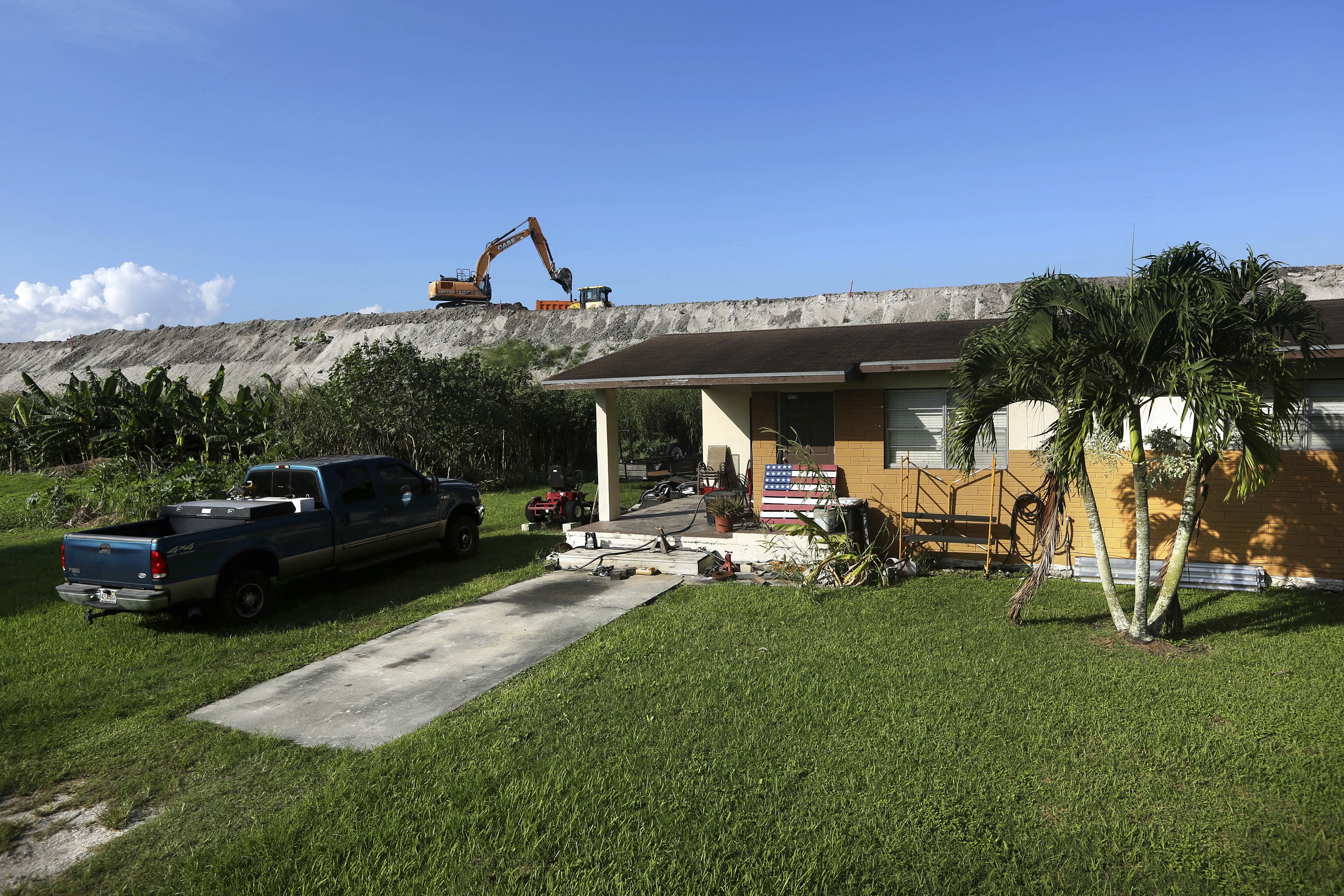A fight for water in South Florida moved to the 11th U.S. Circuit Court of Appeals on Nov. 20, as three major sugar companies continue to oppose aspects of the state’s Everglades restoration.
Those companies—U.S. Sugar, the Okeelanta Corporation, and the Sugar Cane Growers Cooperative of Florida—appeared in Atlanta, represented by appellate attorney Paul Clement.
They argued that the U.S. Army Corps of Engineers’ handling of two Comprehensive Everglades Restoration Plan projects violates a decades-old law and will result in the continued loss of a substantial amount of fresh water in Lake Okeechobee that they rely on and to which they are entitled.
This, in turn, would put agricultural and urban users at greater risk of drought.
The corps argued that it was in compliance with that law and that the companies had no clear standing to prove their losses.
“Plaintiffs’ asserted injury is a complete mismatch for the relief that they seek,” defense counsel Arielle Mourrain Jeffries said.
“They claim to want greater protection for water supply, but they asked this court to set aside the court’s approval of a project that adds 78 billion gallons of new water.
“A win for plaintiffs would mean that no one would benefit from the project.”
The three judges did not issue an opinion by the time of this article’s publication.
The projects at the heart of the suit are the Everglades Agricultural Area (EAA) Reservoir, currently being built by the corps, and a stormwater treatment area (STA), built by the South Florida Water Management District.
Their objective is to send larger amounts of cleaner water into the state’s northern estuaries and south through the Everglades to improve the water quality and restore those ecosystems.
The law in focus is the Waters Resources Development Act of 2000 and its “savings clause,” which set a baseline water quantity in the intensely regulated Okeechobee, and ensured that no legal sources of water could be moved until a new source around the same quality and quantity was available to replace the amount lost.
“The way we understand the savings clause is sort of an action enforcing event,” Clement told the judges.
The STA, with the corps’ approval, could be operational by 2025, four years before the EAA, which would store water for agricultural use.
Clement, however, argued that standalone operations of the STA would immediately cause a loss of 160,000 acre-feet of water, with no solution for replacing it.
On top of that, he argued the corps had owed his clients water since enacting a project in 2008 that lowered Okeechobee from the level in 2000 due to structural issues with the Herbert Hoover Dike.
So not only would the corps have to provide a solution to STA before its operations even prove a water loss, but it would also have to return available baseline water quantities to where they were in December 2000, before levels were lowered.
While the plaintiffs admit that surface levels don’t necessarily reflect the baseline change, they estimate that water source loss to be approximately 500,000 acre-feet.
Jeffries argued that the plaintiffs had no standing regarding the 500,000 acre-feet.
She also argued that their interpretation of the savings clause in demanding a proactive replacement solution “would place agricultural needs above ecosystem restoration.”
“The exception would simply swallow the rule if there were a provision that required the board to first prioritize building an insurance policy for the industry before providing ecosystem benefits,” she said.
In the district court, the corps also said that it had not yet approved the standalone operations of STA.
District Judge Donald Middlebrooks ruled in favor of the corps in May 2023, stating that the 2008 baseline was compliant with the savings clause, which he said could not be triggered until water loss directly caused by the STA and EAA was found.
He also said the companies’ argument that they were owed 500,000 acre-feet of water “rises to the level of absurdity.”
Appellate judges Lanier Anderson, Kevin Newsom, and Jill Pryor asked both parties several questions.
Anderson mentioned the absurdity and impossibility mentioned in Middlebrooks’ ruling regarding the return of 500,000 acre-feet of water.
Both he and Newsom asked about when the savings clause would be triggered going forward, and when the corps would be obligated to replace the water lost to their projects.









